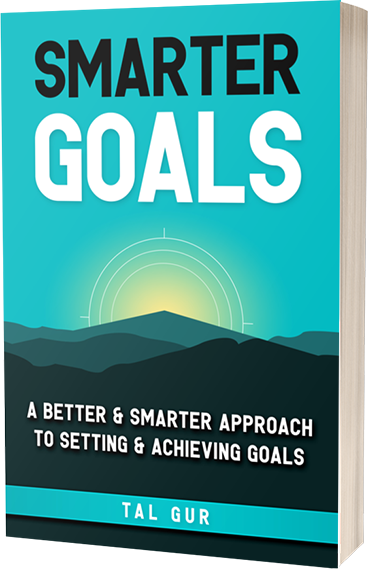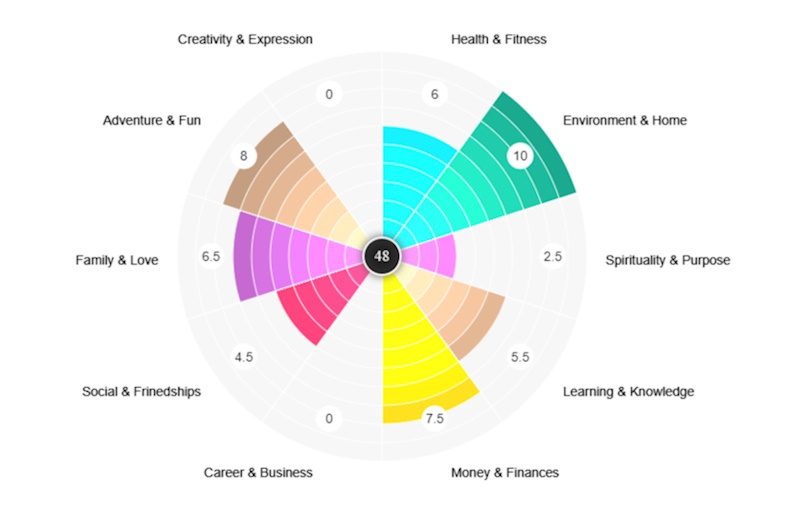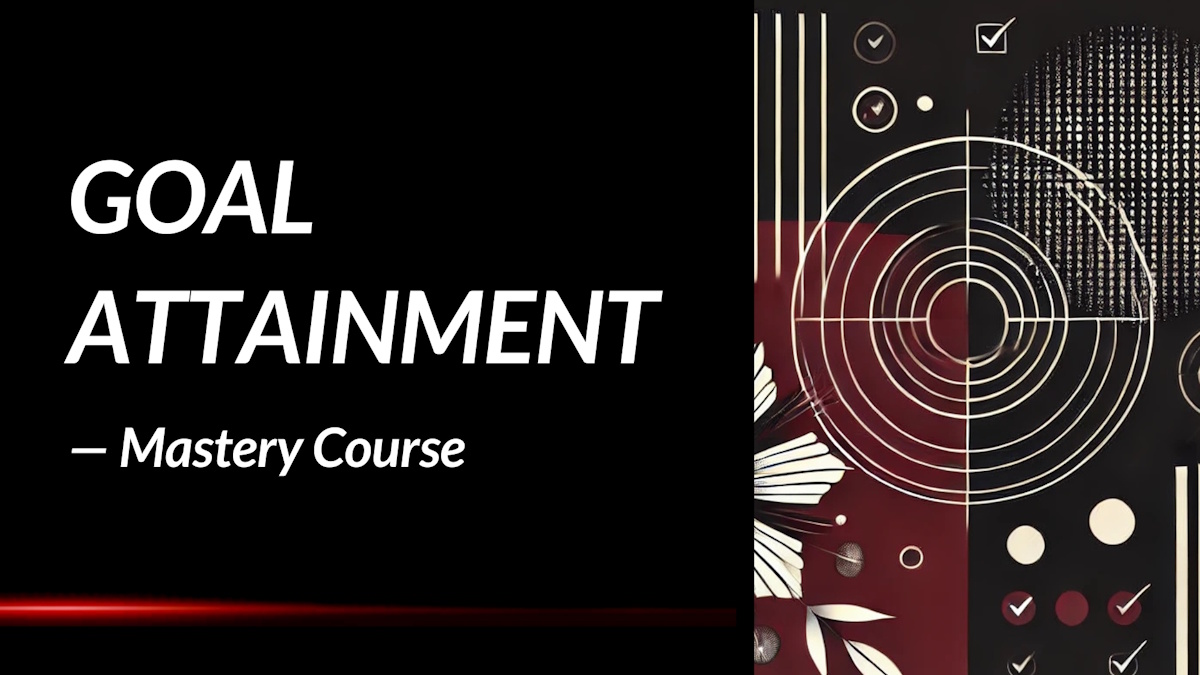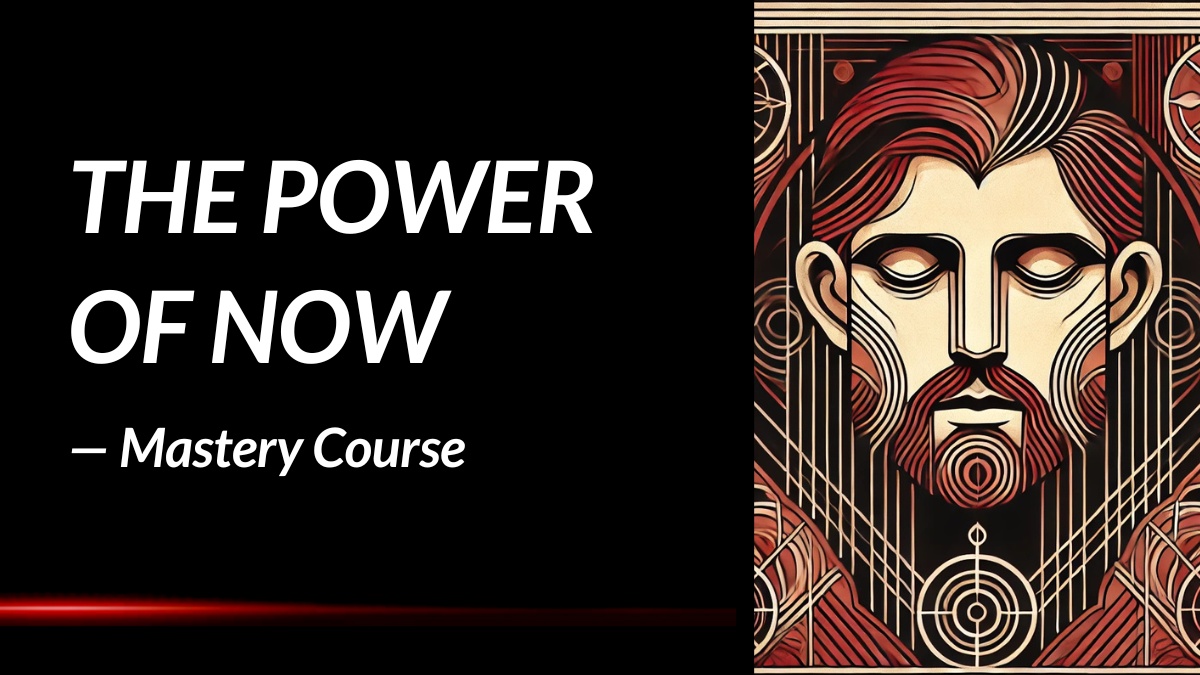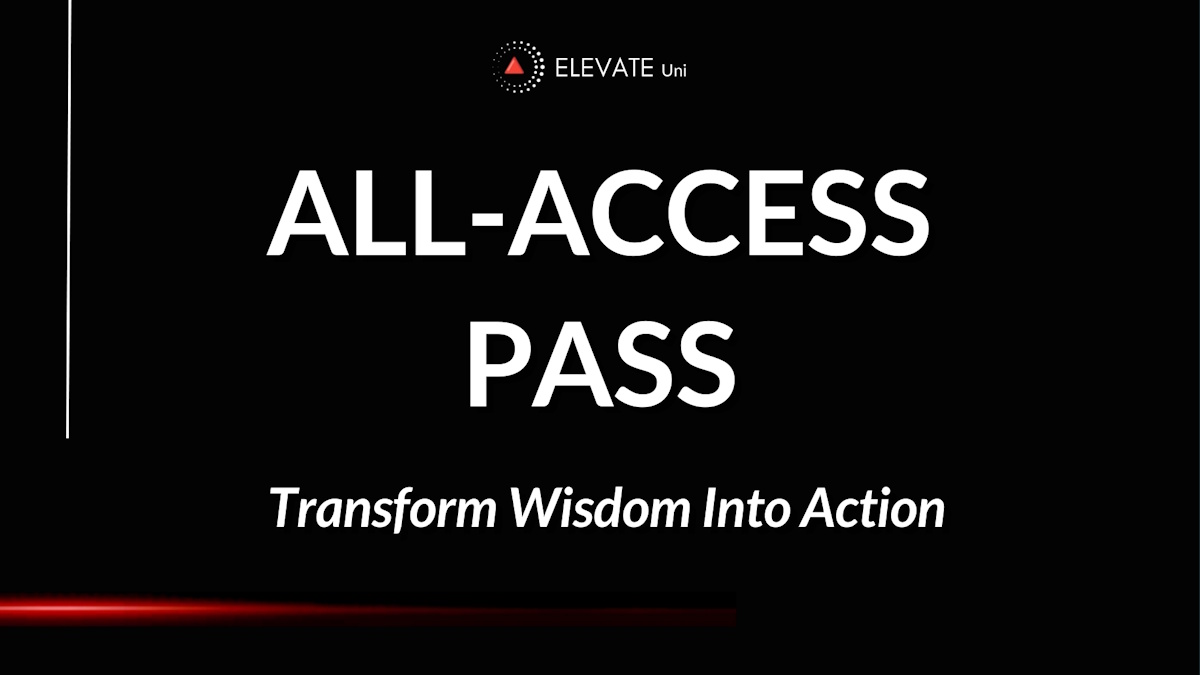BIFF: Summary Review
Have you ever found yourself entangled in a heated email exchange or a social media spat, unsure of how to respond without escalating the situation? In BIFF: Quick Responses to High-Conflict People, Their Personal Attacks, Hostile Email and Social Media Meltdowns, Bill Eddy offers a practical approach to handling such challenging interactions with poise and effectiveness.
What is the Book About?
In today's fast-paced digital world, communication is instantaneous, but it often comes with its pitfalls—especially when dealing with individuals who thrive on conflict. Bill Eddy introduces the BIFF method, which stands for Brief, Informative, Friendly, and Firm. This strategy is designed to help readers craft responses that defuse tension and prevent further escalation when confronted with hostile emails, personal attacks, or social media outbursts. By adhering to these four principles, individuals can maintain their composure and protect their reputation in the face of high-conflict communications.
Throughout the book, Eddy provides over 20 real-life examples demonstrating how to apply the BIFF technique across various scenarios, from workplace disputes to personal relationships. He emphasizes that while the concept is straightforward, mastering it requires practice and mindfulness. The book serves as a guide to not only understanding the dynamics of high-conflict personalities but also developing the skills to respond in a manner that is both assertive and non-confrontational, ultimately fostering healthier interactions.
Book Details
Print length: 158 pages
Language: English
Publication date: May 1, 2011
Genre: Self-help / Communication
Book Author
Core Theme
At its core, BIFF: Quick Responses to High-Conflict People centers on the art of managing communications with individuals who exhibit high-conflict behaviors. Eddy identifies that such personalities often engage in blame-shifting, exhibit unmanaged emotions, and display all-or-nothing thinking. The book underscores the importance of not getting drawn into their drama but instead responding in a manner that is concise, factual, amicable, and assertive. This approach not only helps in de-escalating potential conflicts but also aids in maintaining one's own emotional well-being.
Eddy further explores the psychological underpinnings of high-conflict personalities, providing readers with insights into why certain individuals are prone to such behaviors. By understanding the motivations and triggers of high-conflict people, readers are better equipped to anticipate and manage difficult interactions. The BIFF method serves as a proactive tool, empowering individuals to take control of their responses and, by extension, the overall tone of the communication.
Main Lessons
A few impactful summary lessons from BIFF: Quick Responses to High-Conflict People, Their Personal Attacks, Hostile Email and Social Media Meltdowns:
1. Don’t Try to Reason with the Unreasonable
When engaging with high conflict personalities (HCPs), it's vital to understand that logic and reason are not effective tools. These individuals typically lack emotional regulation and self-awareness, so when conflict arises, they bypass solution-seeking and instead become laser-focused on blame. Their internal fears and distorted thinking push them to assign fault to others rather than face the discomfort of introspection. Trying to calmly explain your perspective or expecting a rational dialogue often backfires, leading them to dig in deeper and lash out more intensely. Understanding that you can't win through traditional communication methods is the first step in protecting your own emotional well-being.
2. Blamespeak Is a Trap Meant to Pull You In
High conflict people thrive on a communication style that Bill Eddy aptly calls “blamespeak.” It's toxic, personal, and usually laced with projections and accusations. When we respond in kind—through counter-blaming, defending ourselves, or correcting them—we unwittingly feed the very conflict we wish to defuse. This reactive trap is designed to escalate the situation and pull us into a never-ending power struggle. The only way to break the cycle is to stop reacting emotionally and instead adopt a structured, strategic approach to communication that doesn’t give them the fuel they’re craving.
3. Brief Responses Prevent Emotional Entanglement
One of the core pillars of the BIFF method is keeping responses Brief. Long-winded messages overwhelm HCPs, triggering their defensiveness and leading to further distortions of your words. When communication is short and simple, it limits the material they can manipulate or twist. The goal isn’t to explain yourself thoroughly—it’s to avoid being drawn into an emotional tug-of-war. By saying only what’s absolutely necessary, you maintain control of the narrative and reduce the opportunity for further conflict.
4. Stick to Facts and Leave Emotion Behind
Informative is the second component of BIFF, and it emphasizes the importance of factual, emotion-free communication. The more neutral and fact-based your message, the harder it becomes for HCPs to argue. Emotion gives them an entry point to attack; facts, on the other hand, serve as a brick wall. This doesn’t mean being cold or robotic—it means stripping your response of opinions, judgments, or anything that sounds like blame. It’s a way of staying grounded while removing any ammunition that might be turned against you.
5. Use Friendly Tone Without Being Overly Familiar
The Friendly aspect of BIFF doesn’t mean being warm and fuzzy; it’s more about maintaining a civil tone that de-escalates rather than provokes. A simple “hope you’re doing well” or “take care” can soften your message without opening the door for manipulation. The trick is to remain polite and respectful without being overly personal, which can be misconstrued as weakness or vulnerability. Tone matters just as much as content, and a calm, friendly style helps keep the conversation from spiraling out of control.
6. Clarity and Closure Must Anchor Your Words
Firmness is the fourth element of BIFF, and it’s about ending conversations with clear boundaries and no room for unnecessary back-and-forth. This could mean setting a deadline or stating a conclusion in unmistakable terms. The goal isn’t aggression—it’s decisiveness. High conflict people often look for loopholes or ambiguity to exploit, so clarity is your best defense. When your words are firm, you signal that you're not open to emotional baiting or endless discussion. You're drawing a line and making it stick.
7. Avoid the Three A’s to Maintain Stability
Bill Eddy warns strongly against using what he calls the “Three A’s”: admonishments, advice, and apologies. While these may seem like helpful or conciliatory gestures, they often produce the opposite effect when dealing with HCPs. Admonishments sound like blame, advice feels condescending, and apologies can be twisted into admissions of guilt. These actions usually intensify the conflict and invite more accusations. Instead, it’s more effective to let your BIFF-style response do the talking and resist the urge to over-explain or soothe.
8. Retrain Your Brain to Bypass Triggers
A powerful takeaway from Eddy’s method is the ability to retrain your internal reactions. It’s not enough to manage external communication—you also need to manage your thoughts. Learning to tell yourself, “This isn’t about me,” or “Their personality is the problem,” rewires your brain to resist the impulse to defend, retaliate, or feel ashamed. These quick mental resets act like emotional armor, giving you the strength to stay calm and steady even when provoked. It’s a mental workout that strengthens resilience over time.
9. Emotional Detachment Is Not Emotional Numbness
BIFF isn't about shutting down emotionally; it's about consciously choosing where to invest your energy. When you detach from the chaos that HCPs bring, you're not becoming indifferent—you’re protecting your peace. Emotional detachment here means recognizing that you don’t have to attend every argument you’re invited to. You can acknowledge your emotions without letting them hijack your response. This distinction is vital because it allows you to engage when necessary while avoiding emotional burnout.
10. BIFF Is a Muscle That Grows with Use
Like any skill, becoming proficient at BIFF communication takes practice. At first, it might feel awkward or unnatural, especially if you're used to defending yourself or over-explaining. But over time, the simplicity and power of the method begin to show. As you see it working—calming volatile conversations, shortening interactions, preserving your sanity—you gain more confidence. Each successful application reinforces your ability to stand firm, speak clearly, and walk away with your dignity intact. It’s not a one-time tactic; it’s a lifelong tool for navigating interpersonal storms.
Key Takeaways
Key summary takeaways from the book:
- Implementing the BIFF method—keeping responses Brief, Informative, Friendly, and Firm—can effectively manage and de-escalate conflicts.
- Understanding the characteristics of high-conflict personalities helps in anticipating and mitigating potential disputes.
- Maintaining composure and not engaging emotionally with high-conflict individuals preserves one's integrity and peace of mind.
- Practicing the BIFF technique requires mindfulness and consistency to become proficient in handling challenging communications.
- Applying these strategies can lead to more productive and less stressful interactions in both personal and professional settings.
Book Strengths
One of the book's notable strengths lies in its practical approach, offering readers actionable strategies that can be immediately implemented. The inclusion of numerous real-life examples enhances the relatability and applicability of the BIFF method. Readers have praised the book for its clarity and usefulness, noting that the techniques provided are straightforward and effective in managing high-conflict situations. The emphasis on practice and self-assessment further aids readers in honing their communication skills.
Who This Book Is For
This book is particularly beneficial for individuals who frequently encounter high-conflict personalities, whether in the workplace, within family dynamics, or on social media platforms. It's an invaluable resource for professionals in customer service, human resources, legal fields, or any role that involves managing difficult interactions. Additionally, anyone seeking to improve their communication skills and maintain harmony in their personal relationships will find the BIFF method advantageous.
Why Should You Read This Book?
Engaging with high-conflict individuals can be draining and challenging, often leaving one feeling frustrated and powerless. BIFF: Quick Responses to High-Conflict People provides a clear, concise framework to regain control over such interactions. By adopting the BIFF method, readers can protect their peace of mind, maintain their professionalism, and foster more respectful and productive communications. The book's practical guidance empowers individuals to handle conflicts with confidence and poise.
Concluding Thoughts
In an era where digital communication is ubiquitous and misunderstandings can escalate rapidly, mastering the art of responding to high-conflict individuals is more crucial than ever. Bill Eddy's BIFF method offers a lifeline, enabling readers to navigate these turbulent waters with grace and effectiveness. By embracing the principles outlined in this book, individuals can transform potentially volatile exchanges into opportunities for constructive dialogue.
Ultimately, BIFF: Quick Responses to High-Conflict People is more than just a communication strategy; it's a mindset shift towards intentional, thoughtful interactions. Whether dealing with a contentious colleague, a challenging family member, or an online provocateur, the BIFF method equips readers with the tools to respond in a manner that is both self-respecting and disarming to the aggressor.
→ Get the book on Amazon or discover more via the author's website or social channels.
* The publisher and editor of this summary review made every effort to maintain information accuracy, including any published quotes, lessons, takeaways, or summary notes.
Chief Editor
 Tal Gur is an author, founder, and impact-driven entrepreneur at heart. After trading his daily grind for a life of his own daring design, he spent a decade pursuing 100 major life goals around the globe. His journey and most recent book, The Art of Fully Living, has led him to found Elevate Society.
Tal Gur is an author, founder, and impact-driven entrepreneur at heart. After trading his daily grind for a life of his own daring design, he spent a decade pursuing 100 major life goals around the globe. His journey and most recent book, The Art of Fully Living, has led him to found Elevate Society.









